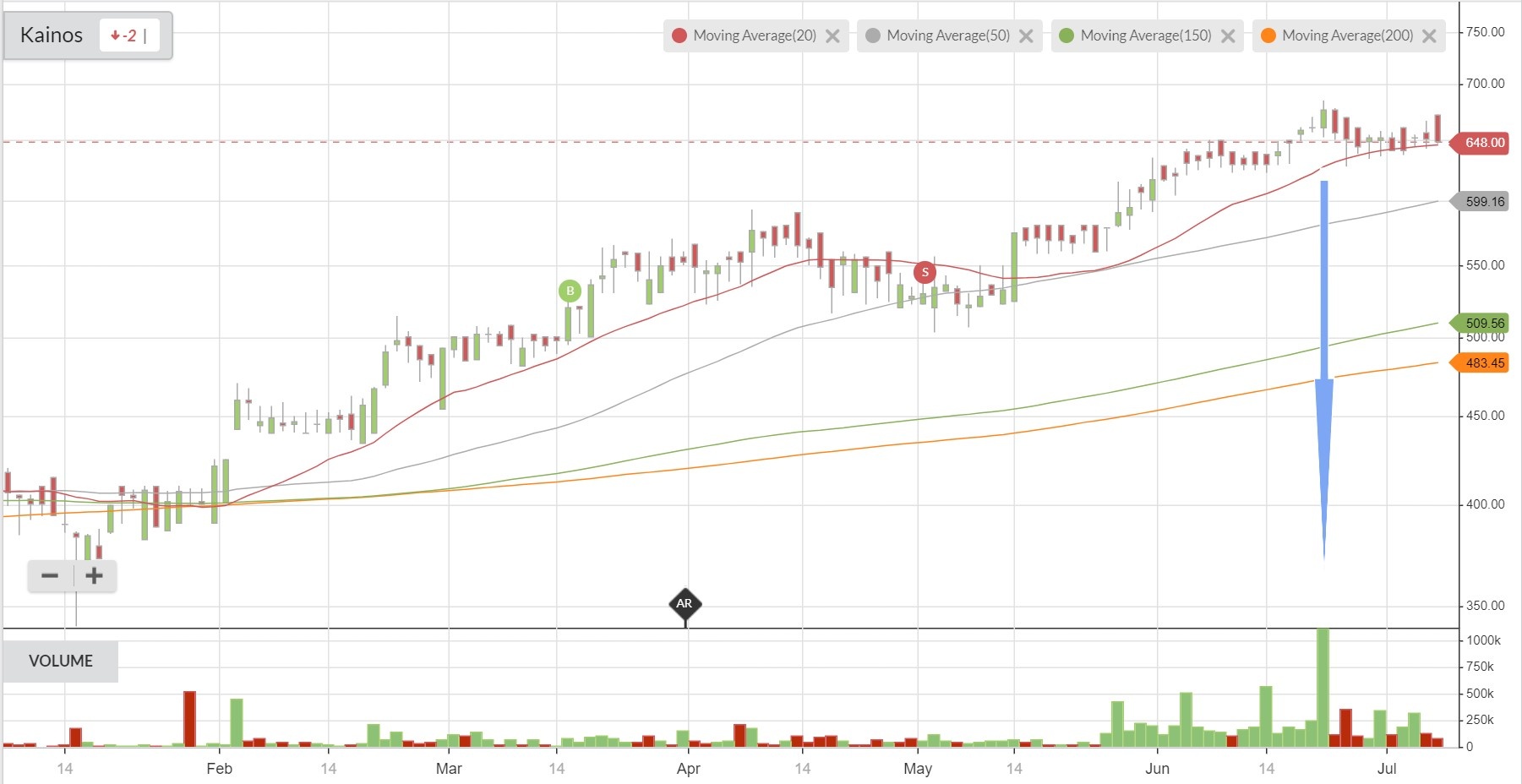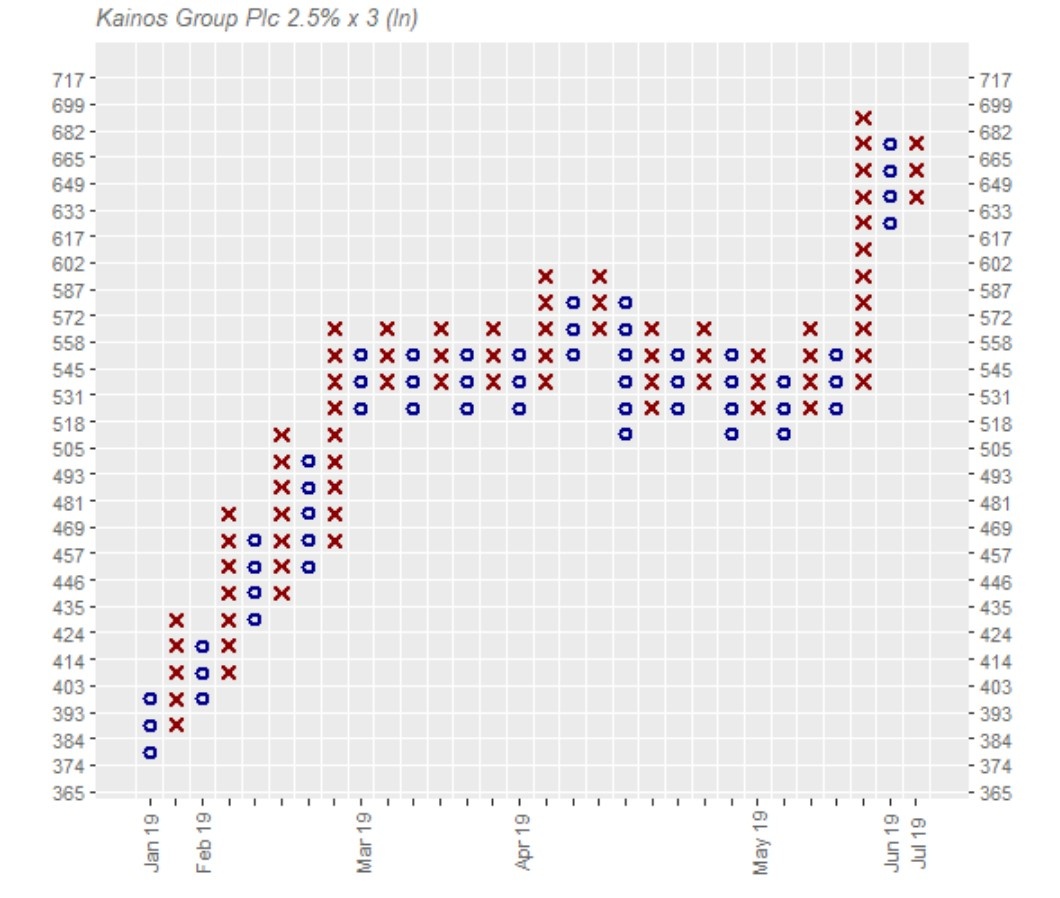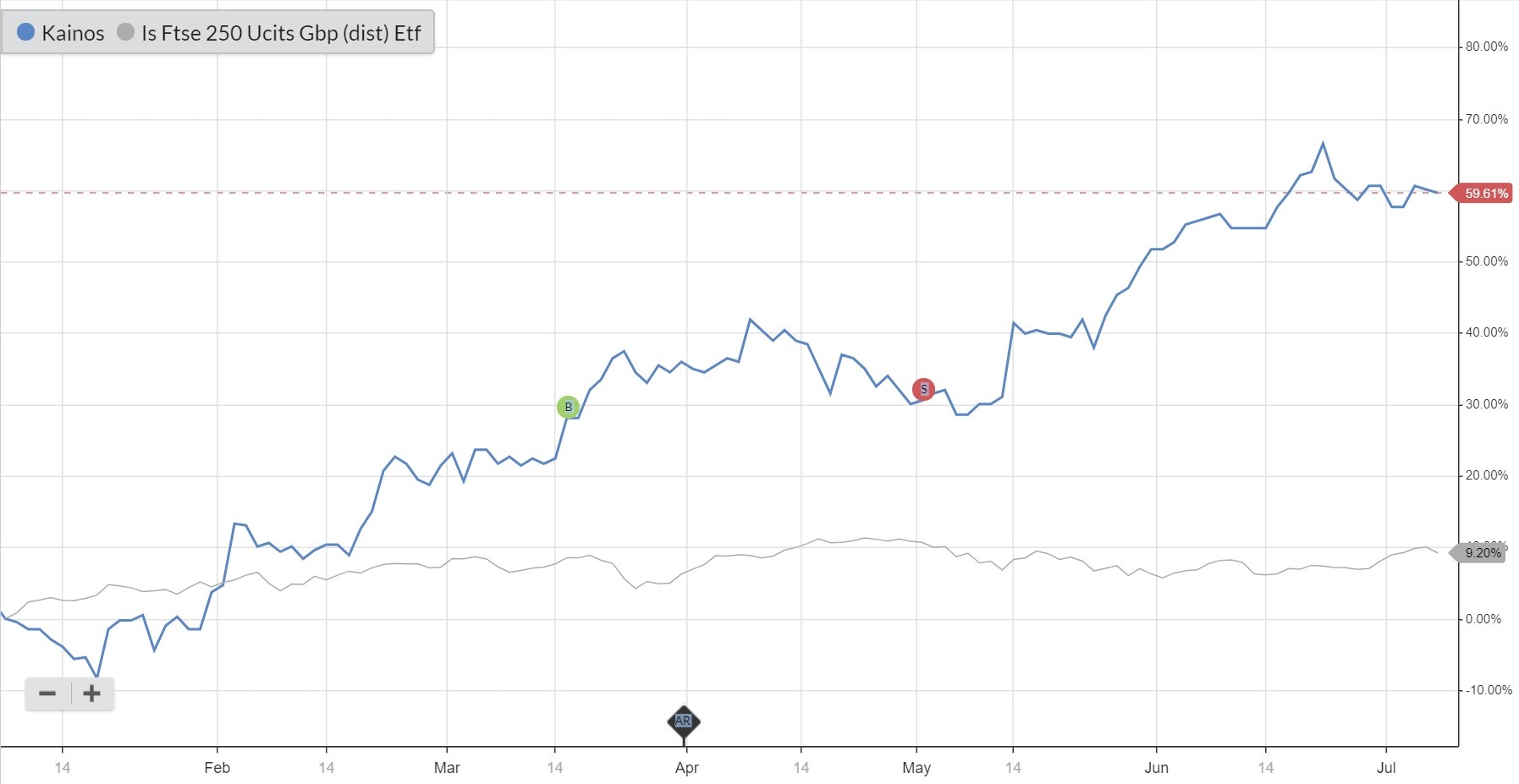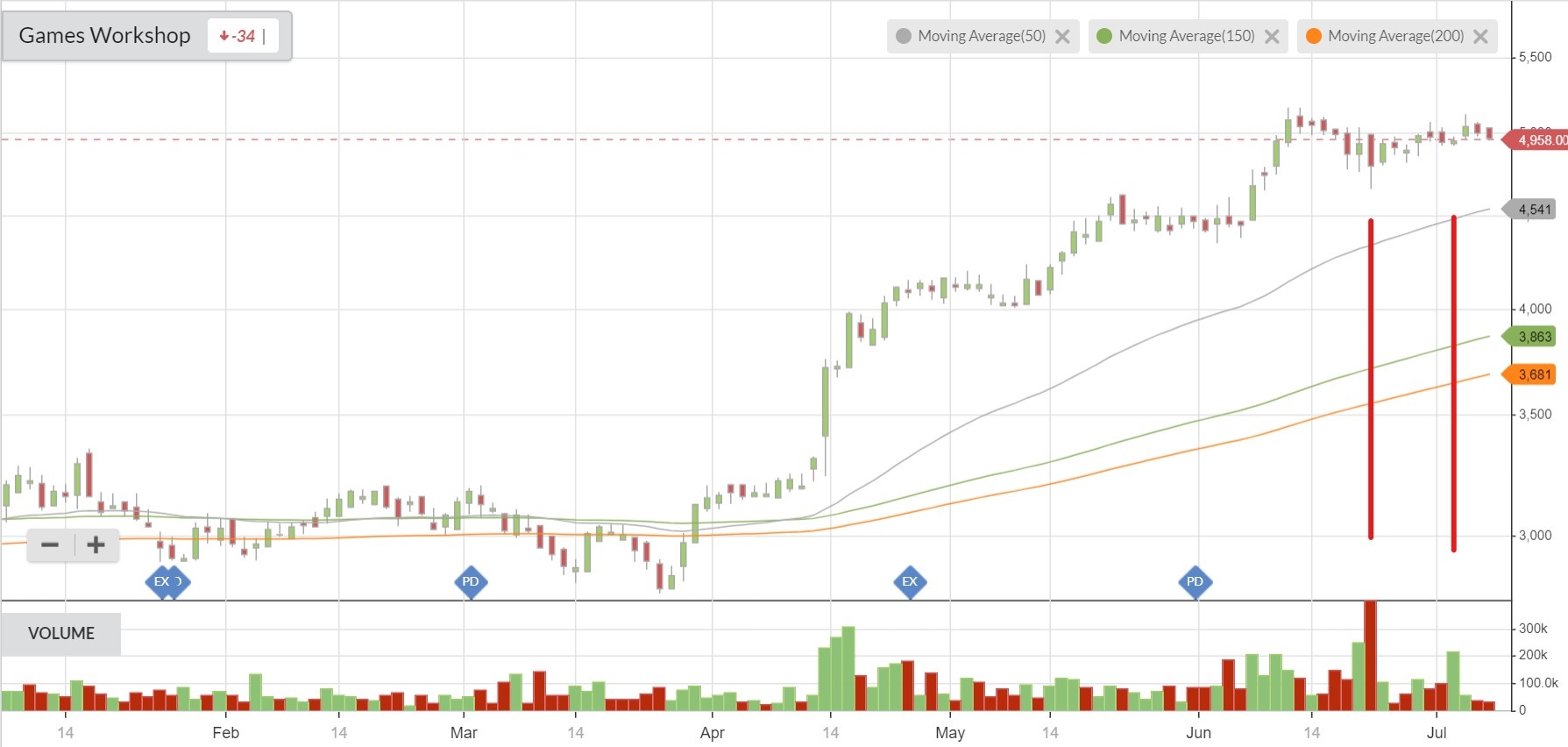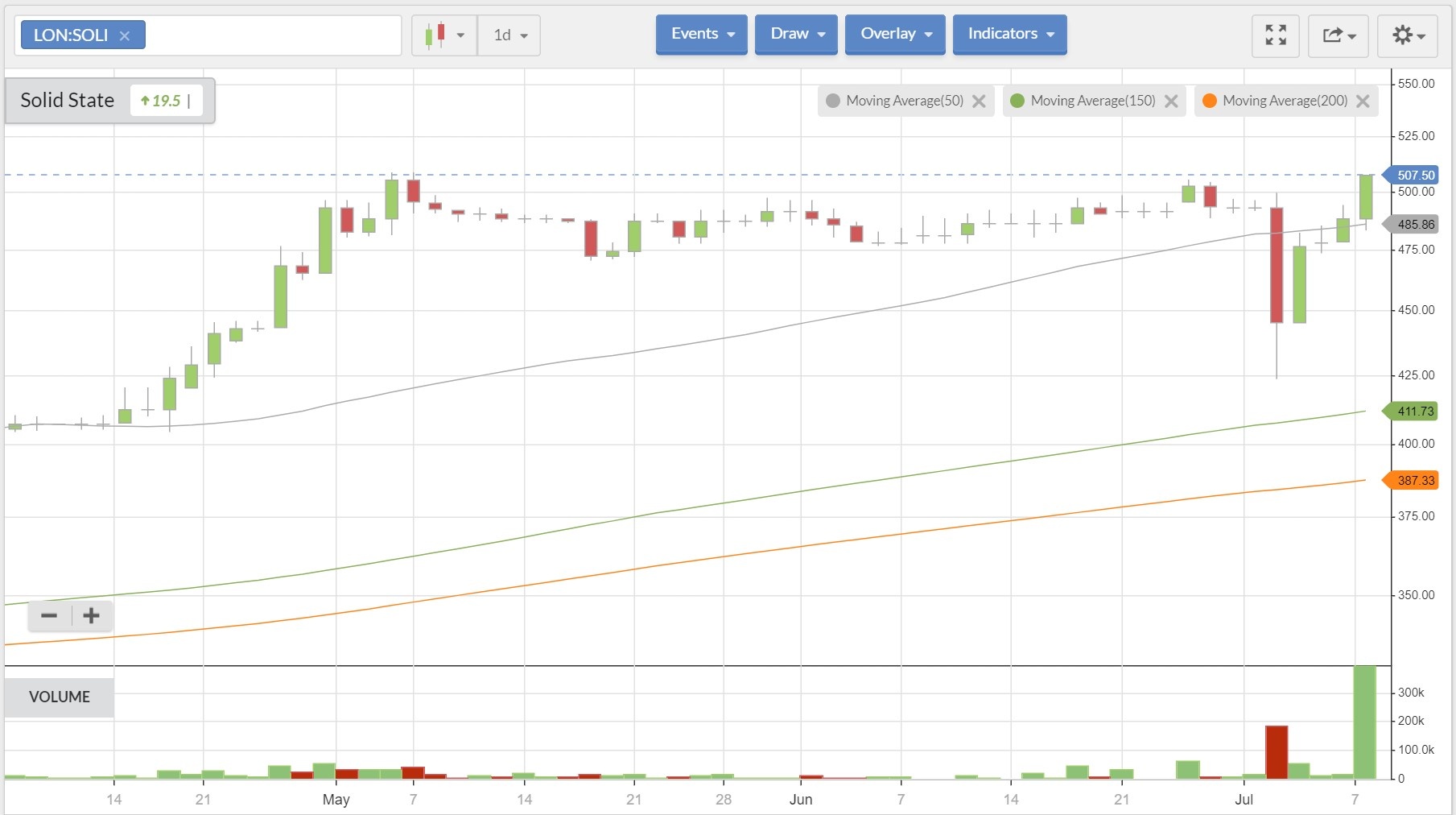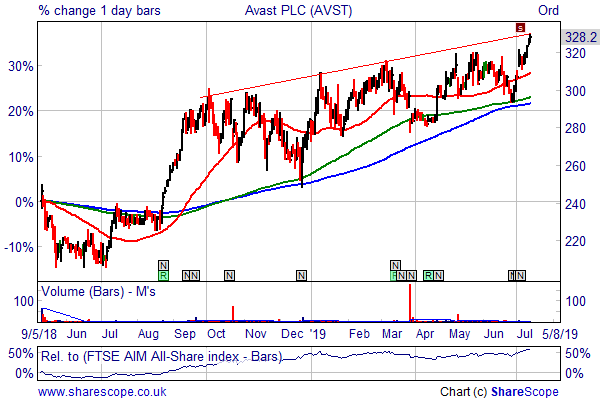Mark has been interviewed by Stocko a couple of times and from some of the comments on various threads there appears to be a few of us using his methods to trade the U.K stock market. I thought it would be useful to have a dedicated thread where we can discuss how well its working.
Personally I have been in cash at least 50% since the end of May and at 95-100% since early October. Getting out of stocks as they roll over has protected me from any real damage.
I'm struggling to find many setups I want to buy so I am developing my "sit out power"
How is everyone else doing?
*** For some reason, this didn't load properly. Just my thoughts on using weekly charts as discussed above ***
I agree with you. William O'Neill strongly recommends investors to look at weekly charts, in conjunction with the daily, to determine whether the stock is in an uptrend or not. In other words, buy the break out on a daily chart which coincides with a weekly bullish chart pattern too.
I noted some traders identified a potential VCP on Solid State (LON:SOLI) but I had some concerns. Although the daily chart is in an uptrend, when you look at the stock on a weekly chart, it lacks upside momentum (see below)
A good question traders should ask themselves is "would I trade this if it was a daily chart?" William O'Neill would argue a stock with a bad weekly chart is somewhat failure prone. Solid State (LON:SOLI) broke out of a nice VCP in late 2013, that was when you should have been invested!
On the other hand, buying breakouts in a trending weekly can significantly improve your odds of success. The chart below is Halma (LON:HLMA) which, showed excellent relative strength during the 2018 correction and broke away nicely from a cheat pivot on 01/02/2019.
This isn't a strict Mark Minervini principle (more William O'Neill) but it does stack the odds further in your favour. Mark shows lots of weekly VCP examples in his books, so I imagine he looks at the weekly too. Determining the trend on a weekly chart has certainly helped me improve my accuracy when trading US shares.
BH



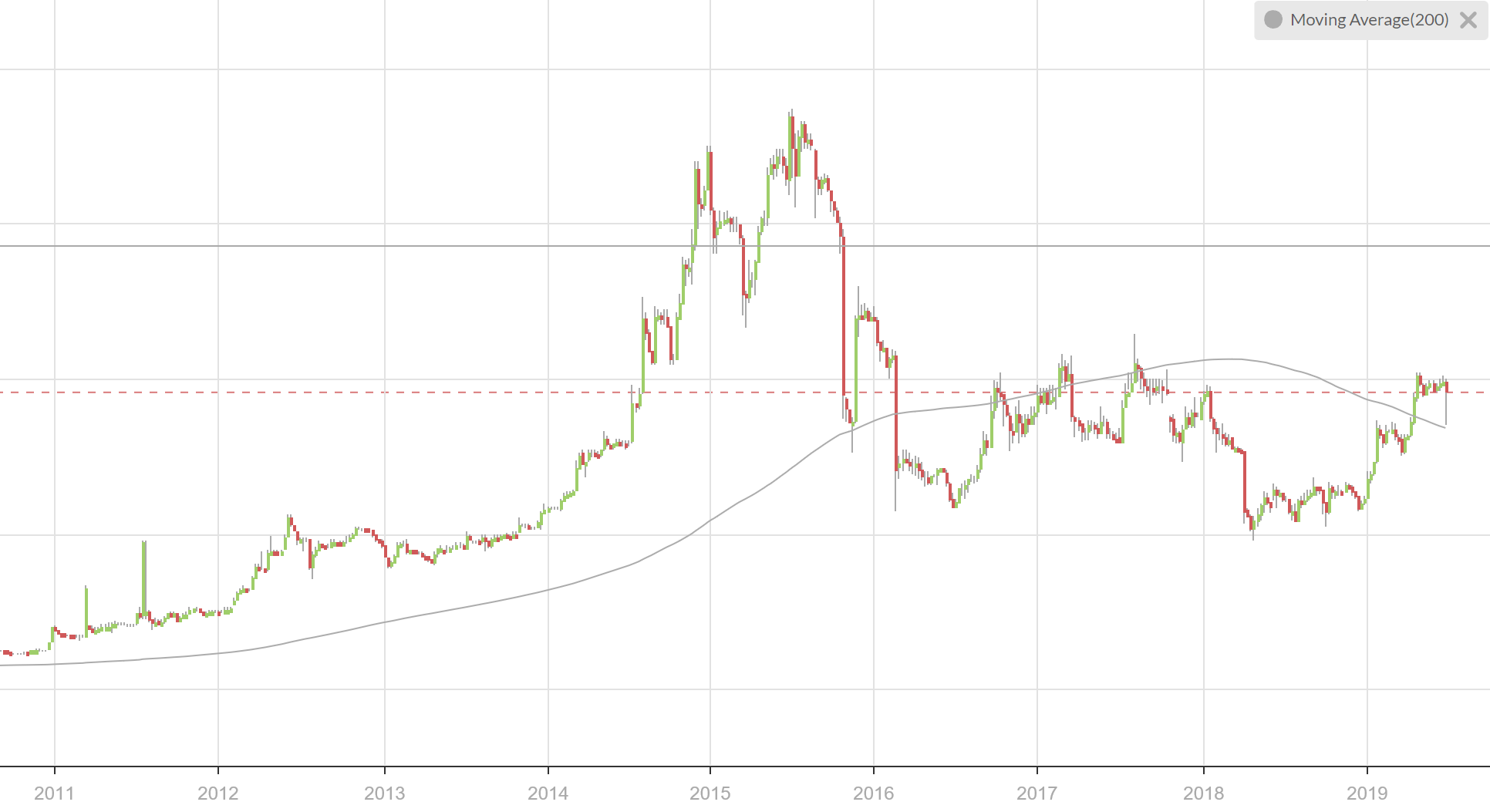
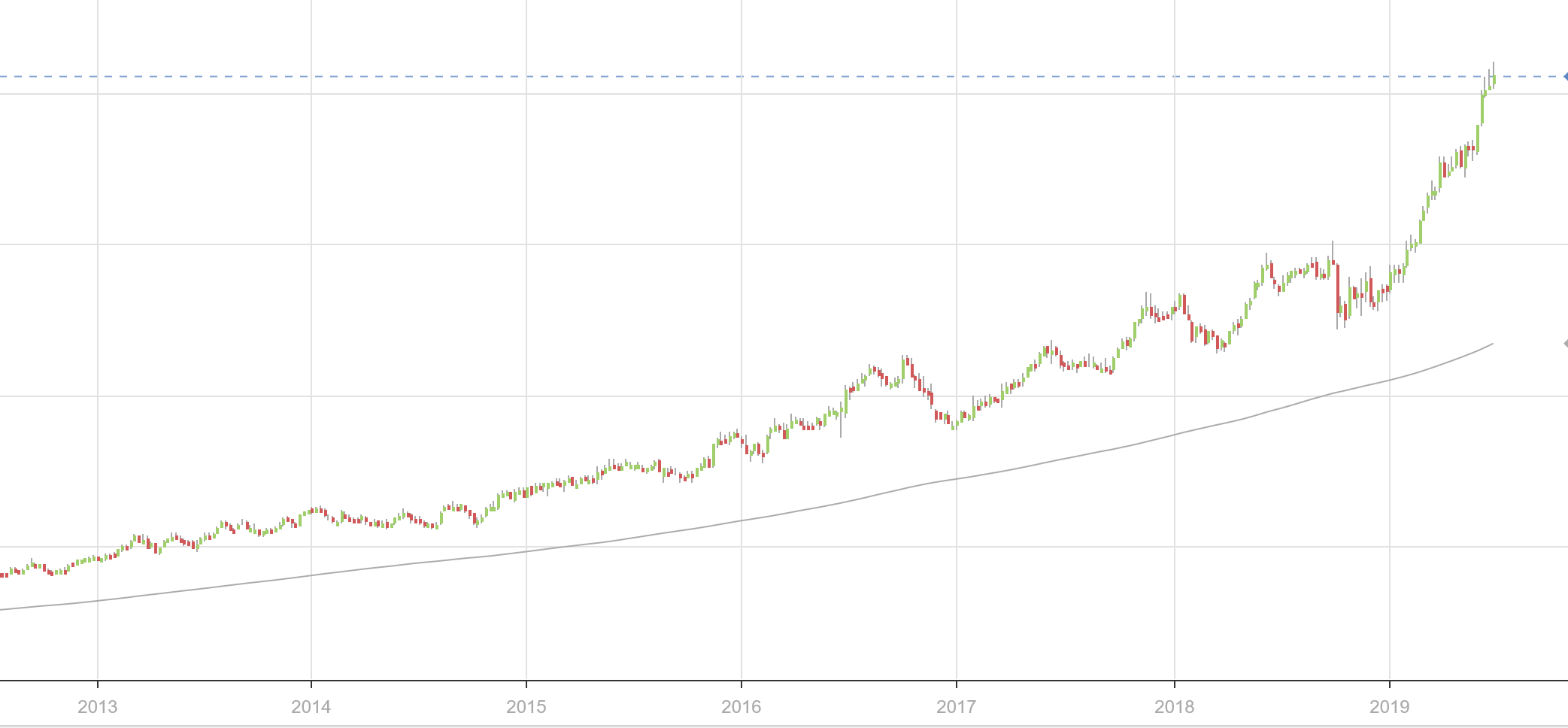

.jpg)



